An alternative way of looking at the prefix size distribution in IPv4 and IPv6 blocks is now available in RIPEstat as an interactive widget. Tabular visualisation and cumulative percentage representation can be used for filtering based on minimum allocation size or for general research about the usage of address space.
Last week several operators on various mailing lists [ 1 , 2 , 3 ] expressed their need for prefix size filtering based on the minimum allocation size per certain address size block. The RIPE document ( RIPE-510 ) that some people previously used for this purpose has been replaced with a new version ( RIPE-555 ), which seems not to meet this need any more.
The data about actual delegations made by the RIPE NCC and all the other Regional Internet Registries (RIRs) is publicly available, so the operators can create their own methods to regulate the filtering.
Sizes and percentages
RIPEstat developers have created another visual interpretation of RIR delegations data (PA allocations and PI assignments). It is an interactive widget called " RIR prefix size distribution ", in which you can query for any address space prefix (0/0, 2000::/3 or 193/8, for example) and receive a prefix size distribution as an output.
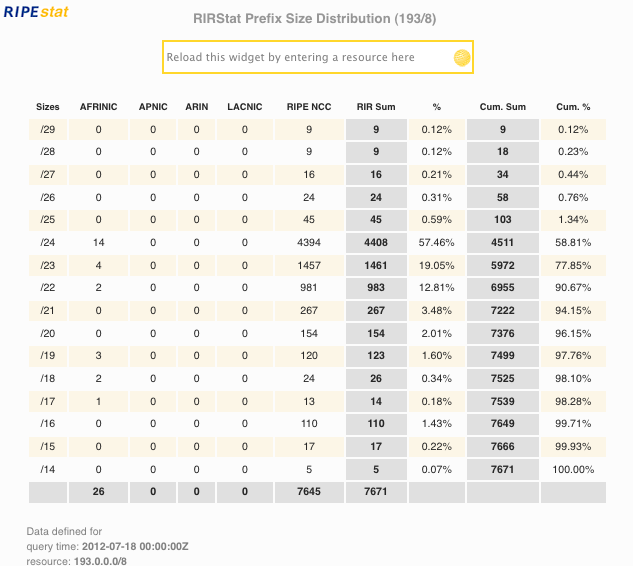
Figure1: Prefix Size Distribution for 193.0.0.0/8
You can use the resulting output to determine a cut-off point for filtering based on the minimum allocation size: for example, if the 193/8 block has only 1.34% prefixes smaller then /24 (or 103 in absolute numbers), you might decide that it is safe to not accept those prefixes. Or you can go for the /25 or /23 instead.
This is just "yet another view" of the distribution of prefixes. If you get curious, you might also want to see the graphical relationship of objects in the "hierarchy browser" :
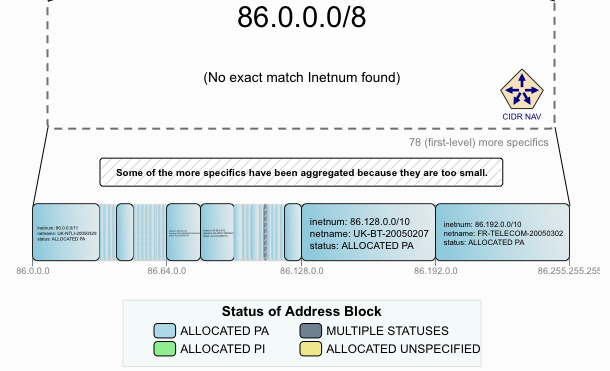
IPv6
The "RIR prefix size distribution" widget also works for IPv6, but because of the huge size of the address space I included a smaller subset as an illustration here:
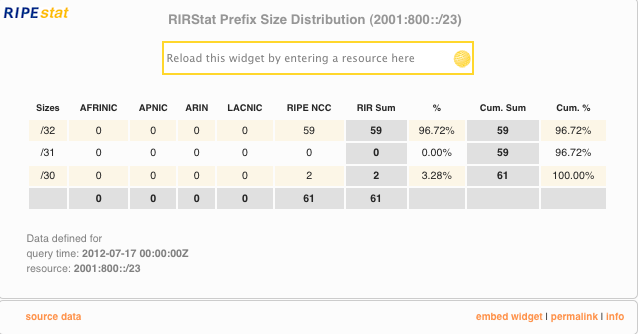
Figure 3: Allocations made from 2001:800::/23 IPv6 block
A subset of the output for the whole Global Unicast Allocations IPv6 space (2000::/3) is shown below, only the distribution of /48 to /32 prefixed, worldwide:
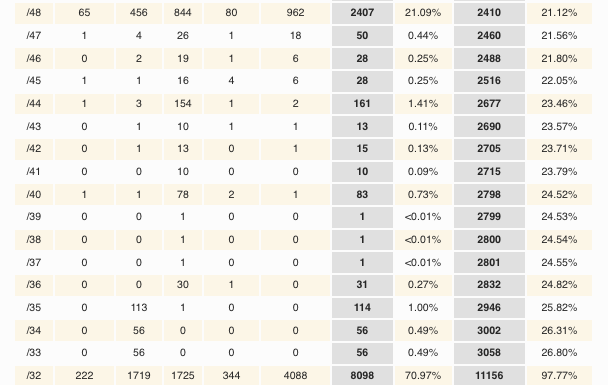
To Widget or not to Widget
As with all the other widgets, it is possible to embed this widget in your website: click on "embed widget" and copy the code.
The users can interact with the widget on your site and query for the resources they want, or you can choose to disable this and only show the results for the pre-defined query. More info in this article .
The specific link https://stat.ripe.net/widget/rir-prefix-size-distribution leads you to the feature of "one-page widget": only to this isolated widget, for only this kind of query. If you want to access all the other available information for prefixes and AS numbers, go to RIPEstat "proper": https://stat.ripe.net
Data call API
... and as for all RIPEstat widgets there is also a data call API available to be used in scripting and for creating your own favorite filters. Documentation is available here .
Feedback
We are interested in your feedback:
- Do you find this widget & data call useful?
- How can we improve it, so that it suits your needs even better?
We already have multiple ideas for additional features in the next release of the widget, but we are very much looking forward to hearing from you and making a new widget or improving this one based on your comments!
There are several ways in which you can get in touch about RIPEstat:
- In the comments to this article
- The Measurement Analysis and Tools (MAT) working group mailing list allows for more in-depth discussions.
- Private messages can be sent to stat@ripe.net .
- The #ripestat tag on Twitter is used by RIPE NCC to discuss and announce RIPEstat.
We are also following many operators mailing lists, and are reacting to what we perceive as the needs of operators. Or we might meet at one of the NOG or IXP meetings after the summer. And of course, see you all at the RIPE65 meeting in Amsterdam in September !

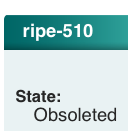



Comments 0
The comments section is closed for articles published more than a year ago. If you'd like to inform us of any issues, please contact us.